City Council approves NYC’s first-ever pro soccer stadium in Queens
see more

Image courtesy of Nelson Ndongala on Unsplash
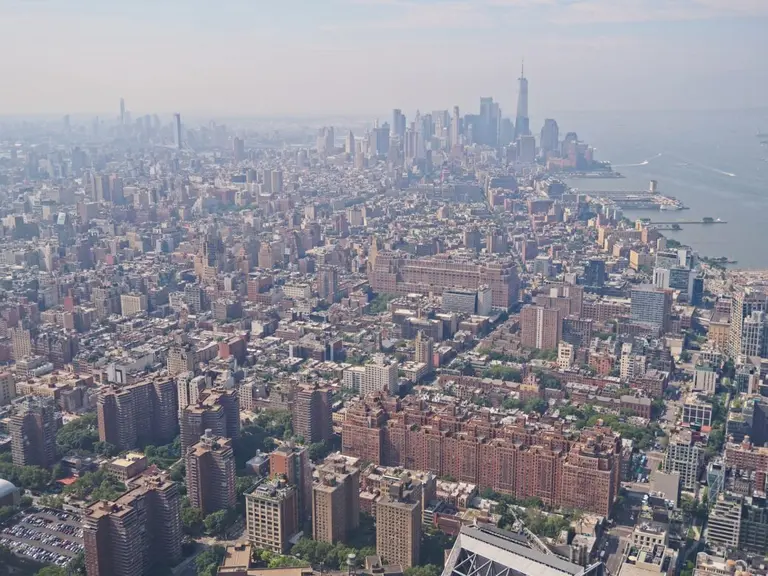
Photo by Bex Walton on Flickr

Photo by Patrick Tomasso on Unsplash
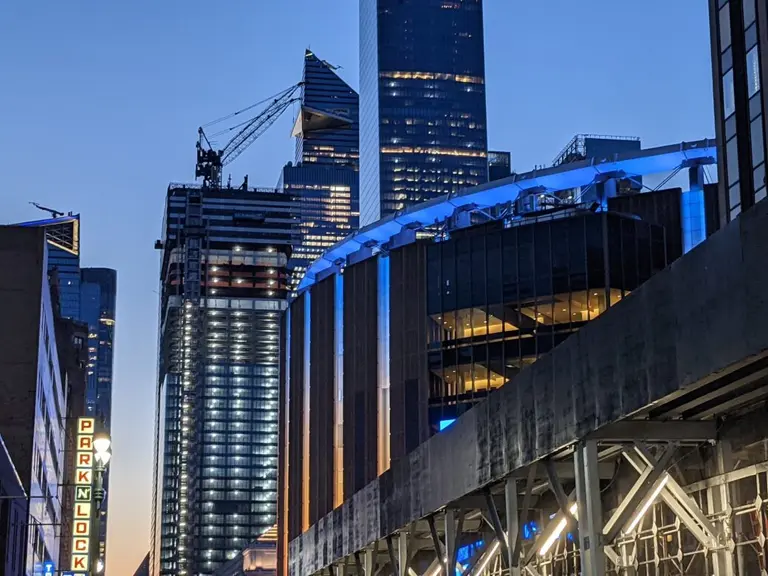
Photo by Eden, Janine and Jim on Flickr

Image courtesy of robertotmn on Flickr
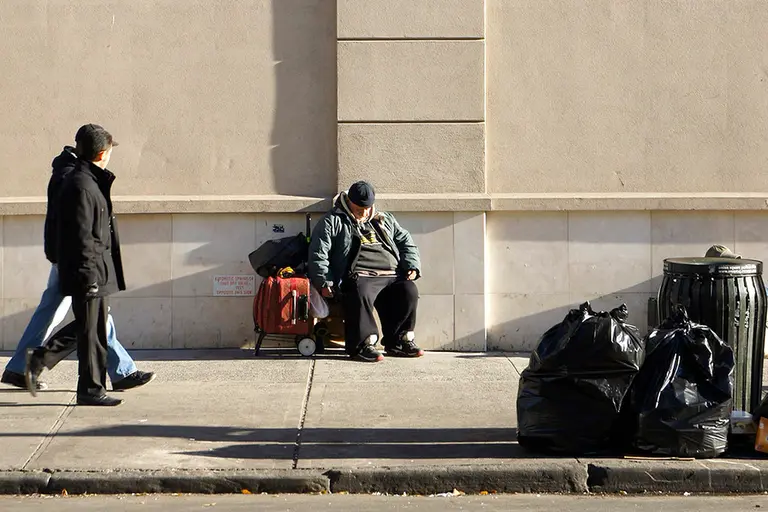
Image courtesy of Filip Mishevski on Flickr
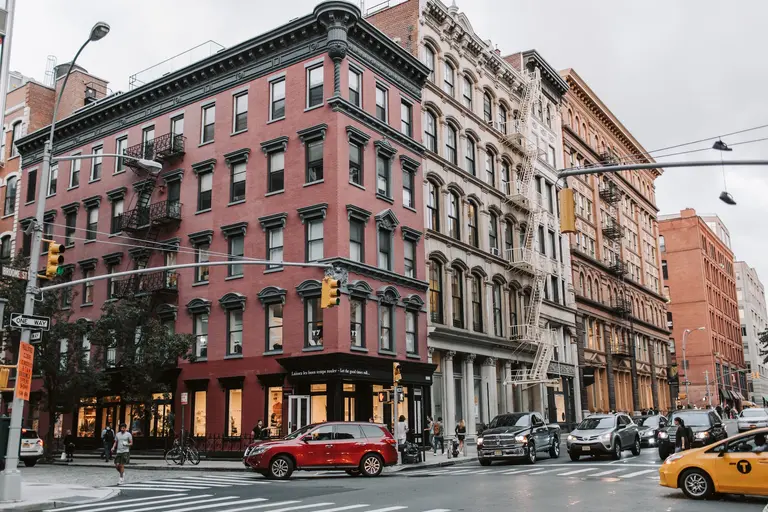
Image courtesy of Vlada Karpovich on Pexels
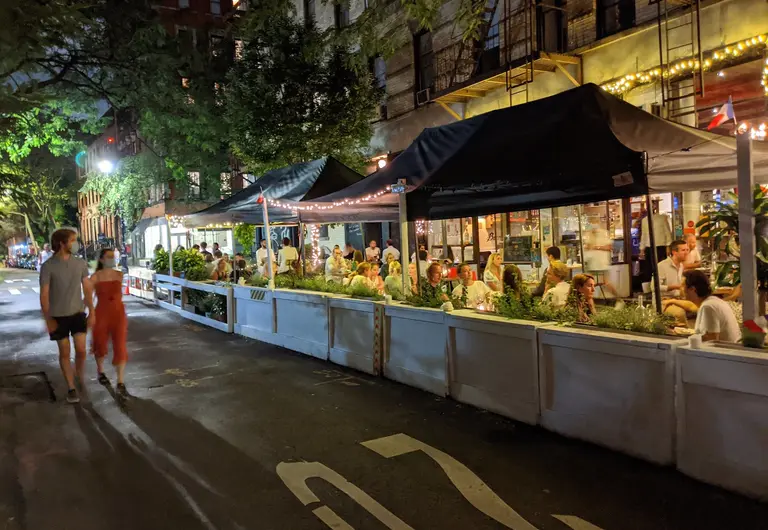
Photo by Eden, Janine and Jim on Flickr
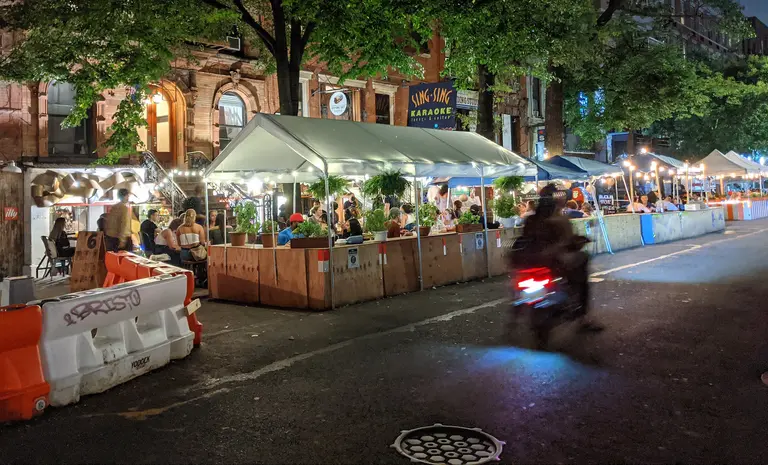
St. Marks Place outdoor dining; Photo by Eden, Janine and Jim on Flickr
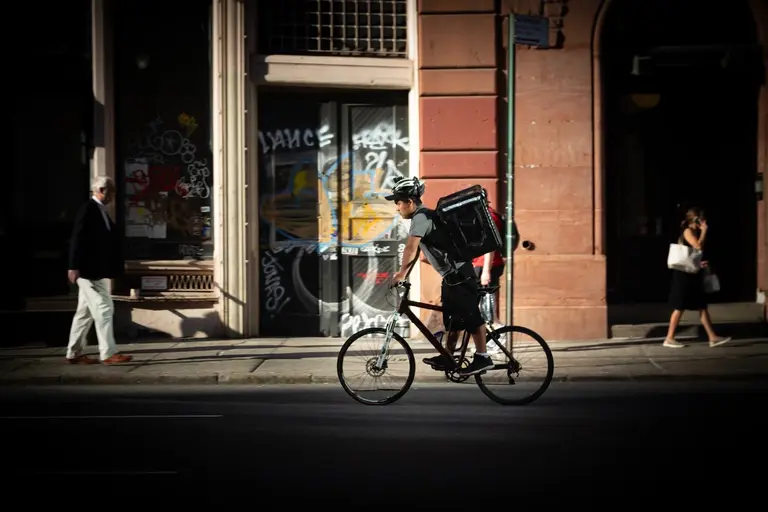
Photo by Patrick Connor Klopf on Unsplash
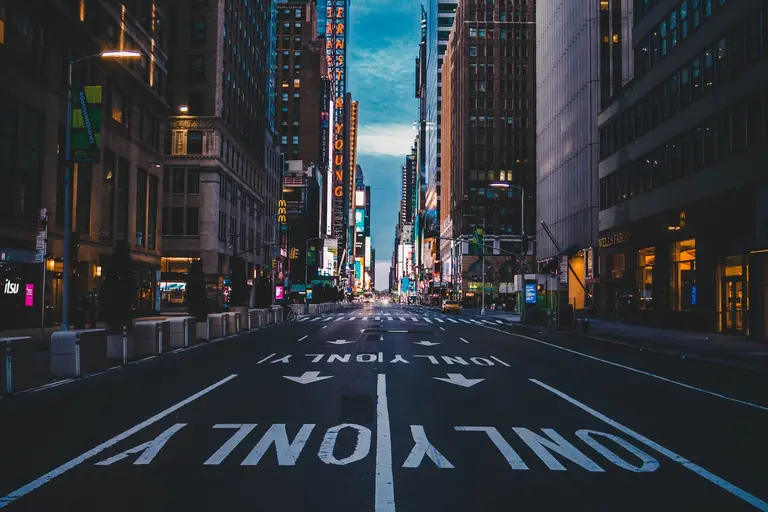
Photo by Paulo Silva on Unsplash

“Brooklyn Bridge Forest,” Pilot Projects Design Collective, Cities4Forests, Wildlife Conservation Society, Grimshaw and Silman, New York and Montreal
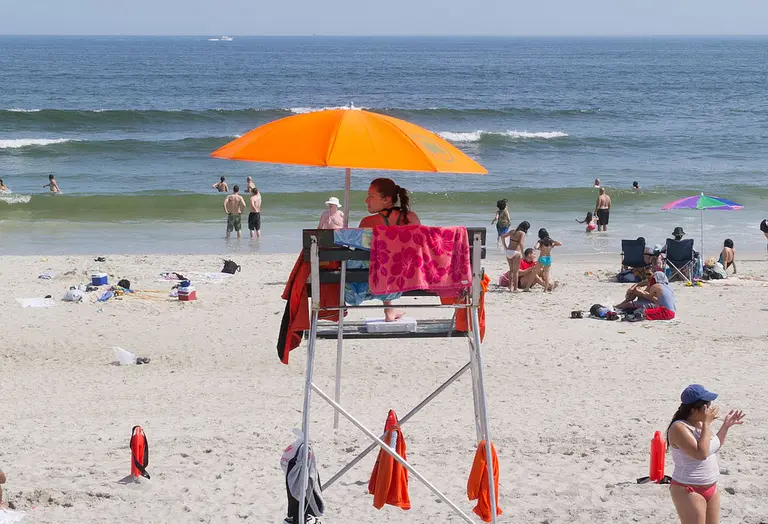
Photo of Rockaway Beach via Dan DeLuca on Flickr
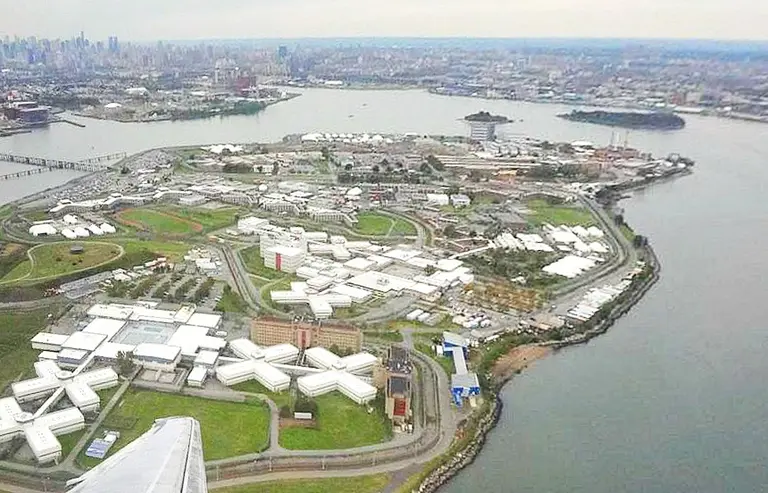
Photo by Tim Rodenberg on Wikimedia
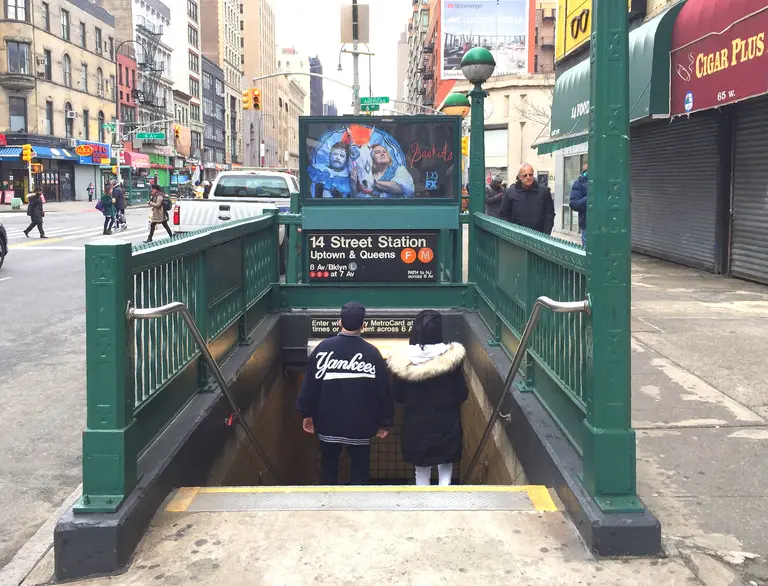
Photo via Carl Mikoy / Flickr cc
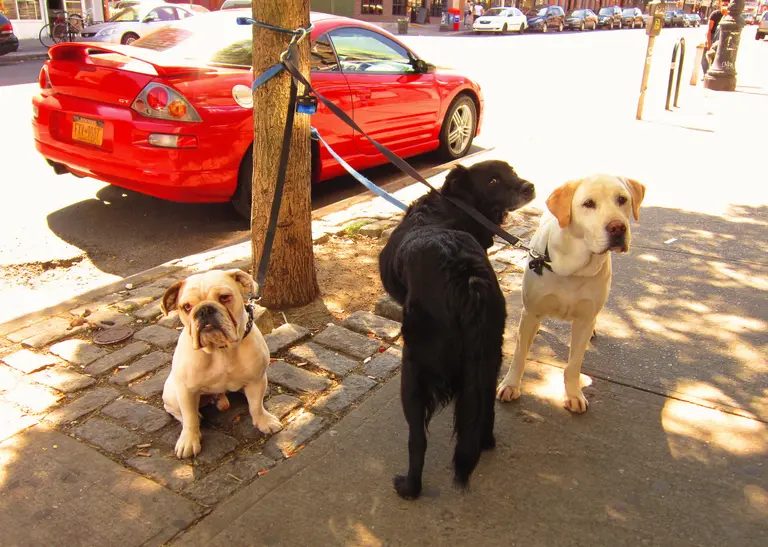
Via Flickr

Images via New York City Council on Flickr